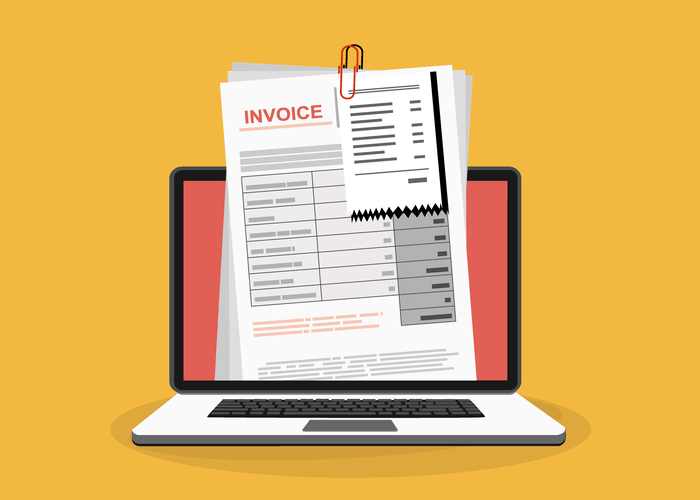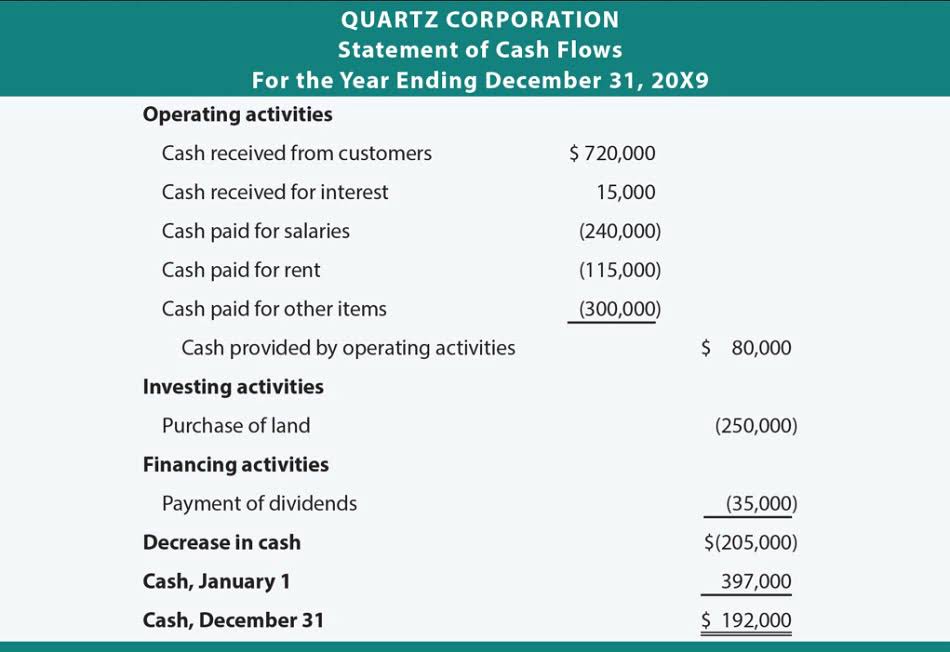
Sum-of-the-years’ digits depreciation does the same thing but less aggressively. Finally, units of production depreciation takes an entirely different approach by using units produced by an asset to determine the asset’s value. Depreciation allows businesses to spread the cost of physical assets over a period of time, which has advantages from both an accounting and tax perspective. Businesses have a variety of depreciation methods to choose from, including straight-line, declining balance, double-declining balance, sum-of-the-years’ digits, and unit of production . This allows the company to match depreciation expenses to related revenues in the same reporting period—and write off an asset’s value over a period of time for tax purposes.
What Are Depreciation Expenses?
- The oil well’s setup costs can therefore be spread out over the predicted life of the well.
- The depreciation expense reduces the carrying value of a fixed asset (PP&E) recorded on a company’s balance sheet based on its useful life and salvage value assumption.
- Suppose that the company changes salvage value from $10,000 to $17,000 after three years, but keeps the original 10-year lifetime.
- The machine in our example above that was purchased for $500,000 is reported with a value of $300,000 in the third year of ownership.
- Tax depreciation follows a system called MACRS, which stands for modified accelerated cost recovery system.
- It’s important to remember that depreciation is only calculated on fixed assets, as intangible assets are always amortized.
Instead of decreasing the book value, SYD calculates a weighted percentage based on the asset’s remaining useful life. Used only when calculating depreciation for equipment or machinery, units of production depreciation looks at the number of units produced or hours in operation in order to calculate depreciation totals. Depletion expense is commonly used by miners, loggers, oil and gas drillers, and other companies engaged in natural resource extraction. Enterprises with an economic interest in mineral property or standing timber may recognize depletion expenses against those assets as they are used. Depletion can be calculated on a cost or percentage basis, and businesses generally must use whichever provides the larger deduction for tax purposes.
Inaccurate Useful Life Estimation
- The concept of useful life represents the period beyond which it would not be practical to use an asset anymore.
- Selecting the most appropriate depreciation method for your business assets is a crucial decision that can impact your financial statements and tax obligations.
- Salvage value, also called residual value, is the estimated amount you expect to receive when disposing of the asset at the end of its useful life.
- And, the depreciation charges still reduce a company’s earnings, which is helpful for tax purposes.
Since an asset benefits your business over an extended period, this expense is recorded over time to allocate the asset’s cost over the periods it benefited the company. It’s important to remember that different depreciation methods can significantly impact your financial statements and tax liabilities. As a business owner, consider your specific needs, industry standards, and long-term goals when selecting a depreciation method. By being aware of these common pitfalls, you can take steps to avoid them and ensure more accurate depreciation expense calculations.
Depreciation Expense In Financial Statements
When in doubt, don’t hesitate to consult with a qualified accountant or tax professional to ensure your depreciation calculations are correct and compliant with current regulations. They can provide https://www.bookstime.com/ valuable guidance customized to your unique business needs and circumstances. Your company purchases an office building for $500,000, with an expected useful life of 30 years and no salvage value.

What is the approximate value of your cash savings and other investments?
- Examining the details of depreciation expense reveals its definition, practical applications, and effects on a company’s financial performance.
- Number of units consumed is the amount that you used in a given year—in this case, perhaps your machine produced 30,000 products, so you would have used 30,000 units.
- Understanding depreciation expenses empowers you to make better financial decisions, from budgeting and tax planning to pricing strategies and investment choices.
- Remember, it’s always best to consult with a tax professional to ensure you’re following the correct depreciation methods for tax purposes.
- The expense amounts can then be used as a tax deduction, reducing the tax liability of the business.
- Then, it can calculate depreciation using a method suited to its accounting needs, asset type, asset lifespan, or the number of units produced.
- Depreciation directly impacts your income statement and your balance sheet, and can indirectly impact your cash flow statement as well.
Consistency in your approach helps stakeholders better understand your financial position over time. By carefully considering these factors, you can select the depreciation method that best suits your business needs, accurately reflects the value of your assets, and aligns with your financial goals. Once you’ve chosen a depreciation method, apply it consistently for similar depreciation expense meaning assets to maintain comparability across financial periods. Changing methods should only be done if it results in more appropriate or reliable financial reporting. Be aware of any legal or regulatory constraints when selecting a depreciation method. Certain depreciation methods may be required or prohibited for specific asset types under accounting standards or tax laws.

The Modified Accelerated Cost Recovery System, or MACRS, is another method for calculating accelerated depreciation. This works well for vehicles, equipment, and other physical assets, but it cannot be used for intangible assets. The General Depreciation System (GDS) is the most common method for calculating MACRS. In accounting, depreciation is recorded as an expense that gradually reduces the book value of an asset.


Depreciation Is a Process of Cost Allocation
- The revenue growth rate will decrease by 1.0% each year until reaching 3.0% in 2025.
- The SYD depreciation equation is more appropriate than the straight-line calculation if an asset loses value more quickly, or has a greater production capacity, during its earlier years.
- Loans are also amortized because the original asset value holds little value in consideration for a financial statement.
- In other words, depreciation spreads out the cost of an asset over the years, allocating how much of the asset that has been used up in a year, until the asset is obsolete or no longer in use.
- Depreciation isn’t an asset or a liability itself—it’s a method used to measure the change in the carrying value of a fixed asset.
